A thousand intriguing stories each day play out on the numerous game trails, pathways and meadows that crisscross the Yukon’s forests, mountains and wetlands.
A silent and disciplined watcher with their back against a tree might eventually see the whole cast of characters pass by: a mule deer doe with twin fawns following, a curious family of river otters, a grizzly bear scratching its back on a tree and many more.
For a person to see all this firsthand would be nearly impossible, but with his network of motion-activated cameras, David Troup sees more than most.
Troup set up his first two trail cameras in 2018. Fitted with a motion sensor, the cameras that he securely padlocks to trees in the southern Yukon woods, snap a photo or record a short video clip when there is movement in front of the lens. A few years into the pursuit of his hobby, Troup now has as many as 15 cameras out in the field at any one time across a large area.
When he returns to see what was recorded on the cameras, Troup has found everything from mundane clips of grass blowing in the breeze filling his memory card to a grizzly bear charging through the frame.
The summer after he first set the cameras, Troup picked up the clips that solidified the hobby’s importance for him. He said he really enjoyed seeing a young lynx before later identifying the same cat by markings on its forelegs once it was fully grown but still passing by his cameras.
Lynx footage, which Troup collects most reliably by setting cameras up on “lynx latrines,” earned him some recognition from researchers. Troup said other wild cat species had been documented scraping piles of forest debris with their hind legs as a form of scent marking. He said he was contacted by a researcher who was unaware of other videos of lynx scraping the ground to leave their scent behind in the same way other big cats do.
The researcher and others are able to see and enjoy Troup’s videos because he posts them on a Facebook page called Yukon Wildlife Cams that is followed by nearly 9,000 people. One video of a grizzly bear posted to Troup’s page recently went viral and was shared by websites including Yahoo and USA Today.
Troup said the Facebook page has led to messages from people interested in the Yukon’s wildlife who live as far away as Germany and Australia. Along with those who view Troup’s page, he said he discusses trail cam photography with a community of enthusiasts around the world. He said online forums are a good place to both discuss tactics and see what people catch on cameras in Africa, Asia and other far off places with their own array of unique animals.
Although videos of bears, wolves and big cats seem to draw the most interest online, Troup says much smaller movement has triggered some of his most unique clips. A favourite capture from the past year was a squirrel harvesting mushrooms and stashing them on tree branches to dry out and be cached for the winter. He added that he hopes to get some good images of the small weasel-like fisher as well.
For newcomers interested in taking up trail camera photography, Troup said research into a camera that will suit their needs is important. From there, he said it’s willingness to find good spots for a camera by trial and error.
Learning about tracking and animal behaviour in order to set up and capture images of a particular species is also helpful. A walk through the woods with Troup as he checked a string of cameras was regularly halted as he inspected claw marks left by bears on trees, tracks on the ground and bits of fur clinging to the underbrush.
Although he likes talking about what his cameras pick up with people, Troup said he moves cameras when he sees people showing up in the images. This is both to avoid recording strangers without their knowledge and to make sure his cameras aren’t in a place where they are likely to be stolen.
As a result, his camera set-ups tend to be deeper in the bush than most casual walkers will pass, but even on some trails fairly close to his home, the diversity of wildlife Troup records is impressive.
“Probably as the bird flies we’re less than a kilometre from the roadway, probably two kilometres from houses right? But I’ve gotten everything here,” Troup said as he pulled a camera from its protective housing.
He said grizzlies, black bears and wolverines passed that camera over the past year, along with the more commonly observed deer and coyotes.
“I think to get a wider variety of species at this point I kind of need to expand my boundaries a little bit.”
In the future, Troup said he would like to capture some images of the elk or wild horses that live west of Whitehorse. He said a cougar, Canada’s largest feline but a very rare sight in the Yukon, would be another wonderful addition to his growing album of photos and video.
Plan your adventures throughout the West Coast at westcoasttraveller.com and follow us on Facebook and Instagram @thewestcoasttraveller. And for the top West Coast Travel stories of the week delivered right to your inbox, sign up for our weekly Armchair Traveller newsletter!

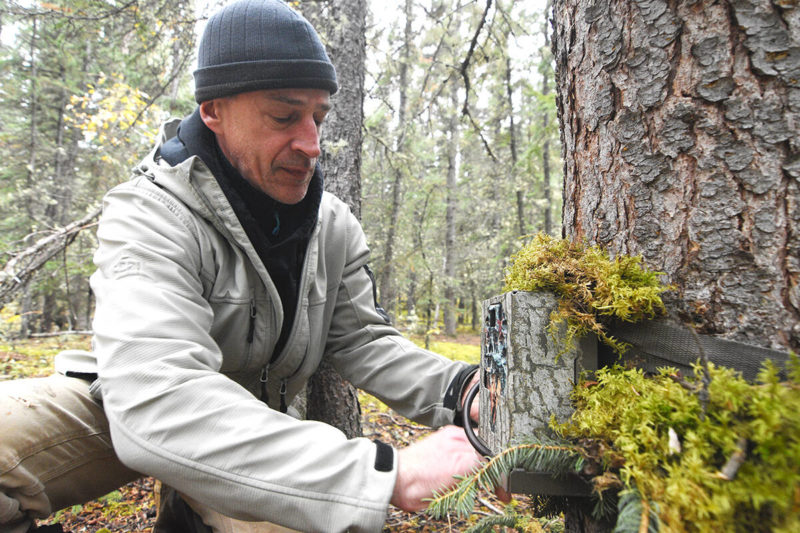
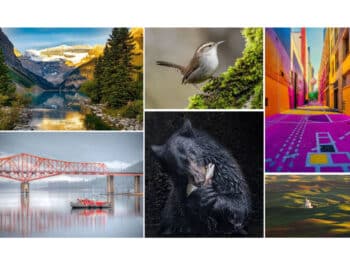




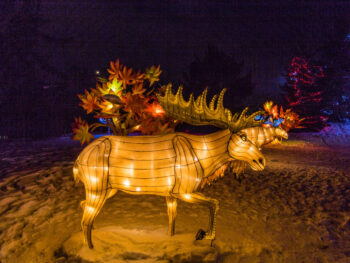

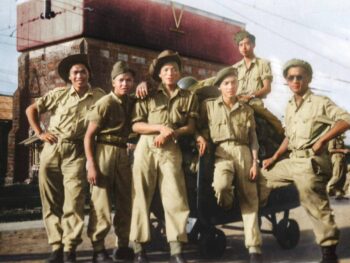
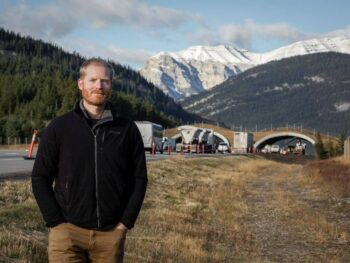
 Are you brave enough to tour Oliver’s ghost town at night?
Are you brave enough to tour Oliver’s ghost town at night?